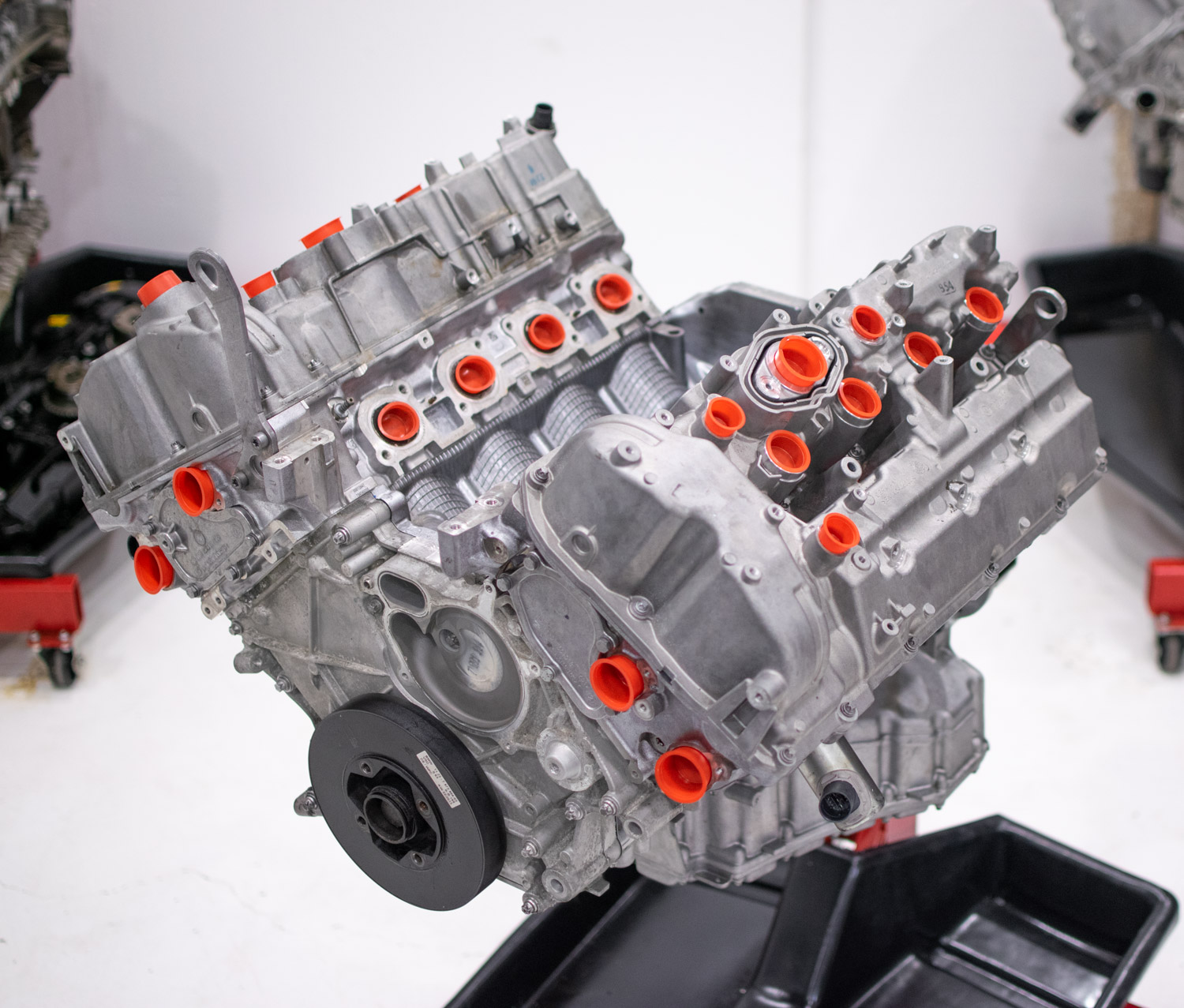Discovering the Advancement of Burning Engines in Modern Transportation Solutions
As we navigate the landscape of modern-day transportation, the evolution of burning engines stands as a testament to human ingenuity and design prowess. The interaction of background, innovation, and environmental problems in shaping the trajectory of burning engines produces a story that is both informative and compelling.
Early Beginnings of Combustion Engines
How did the principle of combustion engines initial emerge in the beginning of transport growth? The roots of burning engines can be traced back to the 17th century when the concepts of inner combustion were first explored. In 1673, Christian Huygens conceived a basic interior burning engine that used gunpowder to create power. It wasn't up until the late 19th century that sensible applications of combustion engines in transportation started to arise.
The breakthrough moment featured the invention of the very first effective gasoline-powered engine by Karl Benz in 1885 - bmw engine. This engine led the means for the development of the modern-day car, transforming transport systems worldwide. Succeeding innovations by Nikolaus Otto and Gottlieb Daimler even more fine-tuned burning engine innovation, leading to the mass production of automobiles and the fast growth of the transportation market
These early combustion engines were characterized by their simpleness and performance, laying the foundation for the complex and powerful engines used in contemporary transportation systems. The evolution of combustion engines has actually been crucial fit the method we travel and transfer products, marking a significant landmark in the background of transportation development.
Change to Internal Combustion Modern Technology
The change to inner combustion technology noted a critical shift in the advancement of transportation systems. This shift started in the late 19th century, with creators like Nikolaus Otto and Gottlieb Daimler developing the very first effective inner combustion engines. These engines revolutionized transport by providing an extra effective and efficient choice to vapor engines and electric motors.
Among the key benefits of internal burning engines was their ability to be reduced to match lorries, resulting in the growth of bikes and cars. This shift from large, fixed engines to small, mobile ones led the way for the modern-day transportation systems we see today.
The shift to interior burning innovation additionally spurred improvements in gas technology, bring about the development of gas and diesel as key fuel sources for lorries. This shift not only made transport more easily accessible to the masses yet also laid the foundation for the oil and gas sector to become essential to worldwide economic climates.
Effect of Combustion Engines on Transportation
The fostering of burning engines in transportation systems militarized an extensive shift in the efficiency and speed of global mobility. Combustion engines reinvented transportation by providing a reliable and functional source of power for numerous vehicles, including autos, planes, vehicles, and ships. This technology considerably enhanced the capacity for products and individuals to conform fars away in shorter timespan, resulting in enhanced connectivity in between regions and nations.
Furthermore, the widespread use of burning engines has actually he has a good point had a substantial effect on economic development. The ability to transfer goods effectively has actually spurred trade and business, enabling services to expand their markets and reach customers worldwide. This has actually helped with economic development and globalization, as products can currently be moved quicker and in larger amounts than ever in the past.
Nevertheless, the environmental influence of burning engines can not be neglected. The combustion of fossil gas has brought about air contamination and greenhouse gas emissions, adding to environment change and posturing health and wellness risks to populaces. bmw engine. Therefore, there is an expanding emphasis on developing different propulsion innovations to mitigate these unfavorable effects and develop a much more lasting future for transportation
Innovations in Combustion Engine Style
One significant technology is the development of turbocharged engines, which use exhaust gases to drive a turbine that presses inbound air, enabling for more fuel to be burned, resulting in raised power result without a considerable boost in engine size. Variable shutoff timing systems have also changed engine layout by enhancing airflow at various engine rates, enhancing both power and efficiency. These technologies jointly contribute to the continuous improvement of burning engines in contemporary transportation systems.
Future Fads in Combustion Engine Advancement
With innovation improvements driving continuous advancement, the future of burning engine advancement is positioned to change transportation systems internationally. One of the vital trends in combustion engine growth is the press towards higher efficiency and lowered discharges.
One more noticeable trend is the adoption of hybrid innovations in burning engines. Crossbreed engines combine conventional combustion modern technology with electrical power, offering improved fuel effectiveness and lower discharges. As the vehicle sector changes in the visit this site right here direction of electrification, crossbreed combustion engines are viewed as a transitional option that links the void in between standard lorries and fully electric ones.
Moreover, the integration of smart technologies, such as man-made intelligence and data analytics, is expected to play a significant role in the future of burning engine growth. These modern technologies can maximize engine efficiency in real-time, causing a lot more effective combustion processes and enhanced overall vehicle efficiency. Welcoming these future patterns will not only drive innovation in burning engine growth however likewise add to a much more eco pleasant and sustainable transportation ecological community.

Verdict
In final thought, the advancement of combustion engines in modern transport systems has been noted by significant innovations in innovation and style. From the early beginnings of combustion engines to the shift to inner combustion modern technology, these engines have actually had a profound influence on transportation.
The origins of Home Page combustion engines can be mapped back to the 17th century when the concepts of interior burning were very first explored. These engines changed transportation by supplying a much more effective and efficient option to steam engines and electrical motors.
